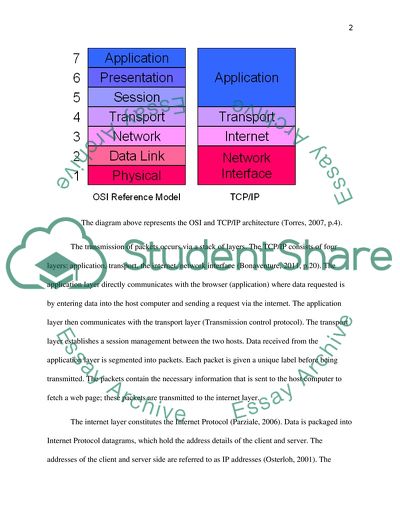Cite this document
(“Packet Data Transmission Essay Example | Topics and Well Written Essays - 2500 words”, n.d.)
Retrieved from https://studentshare.org/information-technology/1651638-packet-data-transmission
Retrieved from https://studentshare.org/information-technology/1651638-packet-data-transmission
(Packet Data Transmission Essay Example | Topics and Well Written Essays - 2500 Words)
https://studentshare.org/information-technology/1651638-packet-data-transmission.
https://studentshare.org/information-technology/1651638-packet-data-transmission.
“Packet Data Transmission Essay Example | Topics and Well Written Essays - 2500 Words”, n.d. https://studentshare.org/information-technology/1651638-packet-data-transmission.


